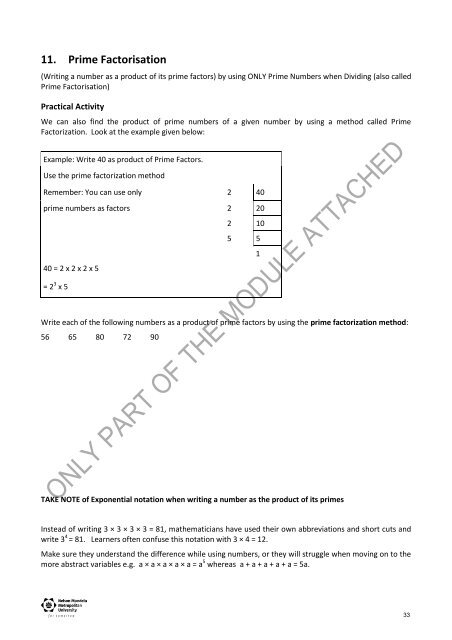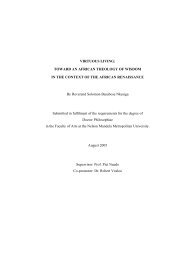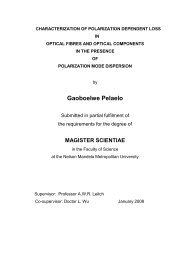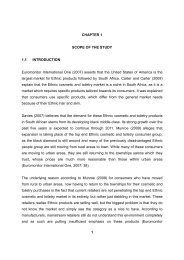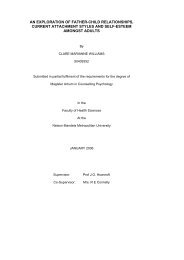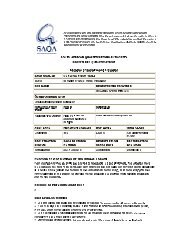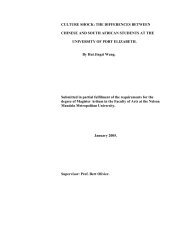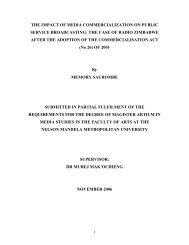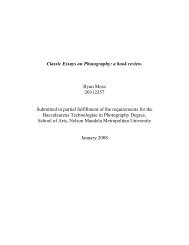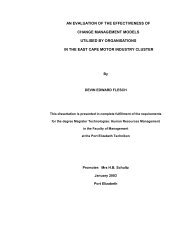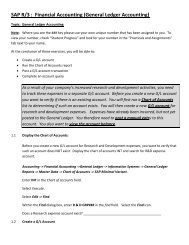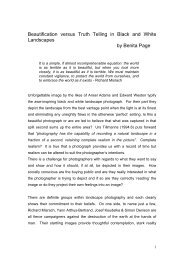concepts and methodology in mathematics education - Nelson ...
concepts and methodology in mathematics education - Nelson ...
concepts and methodology in mathematics education - Nelson ...
Create successful ePaper yourself
Turn your PDF publications into a flip-book with our unique Google optimized e-Paper software.
11. Prime Factorisation(Writ<strong>in</strong>g a number as a product of its prime factors) by us<strong>in</strong>g ONLY Prime Numbers when Divid<strong>in</strong>g (also calledPrime Factorisation)Practical ActivityWe can also f<strong>in</strong>d the product of prime numbers of a given number by us<strong>in</strong>g a method called PrimeFactorization. Look at the example given below:Example: Write 40 as product of Prime Factors.Use the prime factorization methodRemember: You can use only 2 40prime numbers as factors 2 202 105 5140 = 2 x 2 x 2 x 5= 2 3 x 5Write each of the follow<strong>in</strong>g numbers as a product of prime factors by us<strong>in</strong>g the prime factorization method:56 65 80 72 90TAKE NOTE of Exponential notation when writ<strong>in</strong>g a number as the product of its primesInstead of writ<strong>in</strong>g 3 × 3 × 3 × 3 = 81, mathematicians have used their own abbreviations <strong>and</strong> short cuts <strong>and</strong>write 3 4 = 81. Learners often confuse this notation with 3 × 4 = 12.Make sure they underst<strong>and</strong> the difference while us<strong>in</strong>g numbers, or they will struggle when mov<strong>in</strong>g on to themore abstract variables e.g. a × a × a × a × a = a 5 whereas a + a + a + a + a = 5a.33


